Angela Petersen of Far & Wise and I share at least one thing in common. Both of us tend to be travel-hounds seeking out the exotic and tantalizing tastes anywhere our travels take us. And, she is a woman with a suitcase on the ready. Her blog, Far & Wise is a global grab bag of stories, culture, history and food from around the world. We both started our journeys in the Lone Star state and have set down roots in the Bay Area. Our friendship has spanned multiple states and many shared meals. She’s currently inviting one of her readers to win a free trip for two to San Francisco in celebration of her one year anniversary of moving here! Since I can’t enter the contest myself because I live in the sparkling, nay, foggy city by the bay, I invited her to share a guest post blending travel and poetry. This peek into another side of Robert Louis Stevenson and his adventures abroad stretches my perceptions of him farther and leaves me feeling a bit wiser. Well played, Far & Wise! The pictures below are from her travels to Colombia, India, Egypt, South Africa, and France.
“Up into the cherry tree
Who should climb but little me?
I held the trunk with both my hands
And looked abroad on foreign lands”(1)
“Where in sunshine reaching out
Eastern cities, miles about,
Are with mosque and minaret
Among sandy gardens set,
And the rich goods from near and far
Hang for sale in the bazaar”(2)
“Where in jungles, near and far,
Man-devouring tigers are,
Lying close and giving ear
Lest the hunt be drawing near”(3)
“Where among the desert sands
Some deserted city stands,
All its children, sweep and prince,
Grown to manhood ages since”(4)
“There I’ll come when I’m a man
With a camel caravan”(5)
“The strangest things are there for me,
Both things to eat and things to see”(6)
“If I could find a higher tree
Farther and farther I should see,
To where the grown-up river slips
Into the sea among the ships”(7)
——-
Robert Louis Stevenson is typically remembered for writing both “Treasure Island” and “The Strange Case of Dr. Jekyll and Mr. Hyde,” but what’s often forgotten is that he also wrote travel essays and children’s poems, like those excerpted above.
Growing up in Scotland, Stevenson was awkward, sickly child resigned to remain in bed reading with his nurse instead of going outside to play with other children. “When I was sick and lay a-bed, I had two pillows at my head, And all my toys beside me lay, To keep me happy all the day,” he wrote in “The Land of Counterpane,” capturing the consolation of a sick child’s world-filled with the siege and conquest of toy soldiers but set amongst his comforter (aka counterpane) and bed linens.
It’s possible that this early time in his life set the stage for his imaginative storytelling, but it also seemed to serve as a reminder of a life he didn’t want. Stevenson continued to struggle with his health throughout hislife, but it didn’t stop him from seeking adventure and traveling far beyond the confines of his home. He would write about a canoe trip through Belgium and France in “An Inland Voyage,” a trek through the mountains of Southern France in “Travels with a Donkey in the Cévennes,” and a second-class voyage across the Atlantic via steamship, followed by an overland train trip from New York to San Francisco in “The Amateur Emigrant.”
That last trip to San Francisco almost killed him, but it was fueled by love. He came to California to woo and wed a woman named Fanny Osborne. She was scandalously older than Stevenson and married with three children when they met in Paris. In time, she would divorce her husband, and after yet another debilitating sickness, Fanny would nurse Stevenson back to health and marry him.
Initially they spent a number of years seeking out a location in England and Scotland that would be suitable for Stevenson’s health, but they ultimately set sail for the South Pacific looking for a complete change in climate. They spent time sailing in Hawaii, the Gilbert Islands, Tahiti, New Zealand, and the Samoan Islands over the course of three years. They chose to settle in the village of Vailima on an island in Samoa where they stayed until Stevenson’s death at the young age of 44. Before his death, he wrote to a friend ruminating about his eventual end: “If only I could secure a violent death, what a fine success! I wish to die in my boots; no more Land of Counterpane for me. To be drowned, to be shot, to be thrown from a horse – ay, to be hanged, rather than pass again through that slow dissolution,” he wrote.
His concerns would turn out to be unfounded. His death was a sudden end to a prolific and adventuresome life, with no return to the Land of Counterpane. Despite his sickly youth, Robert Louis Stevenson became a celebrated writer, poet, and traveler, one adventure and story at a time.
Excerpts above are combined from the following poems:Foreign Lands(1) (7), Travel(2) (3) (4) (5), and The Land of Nod(6), by Robert Louis Stevenson. Sources: Wikipedia, The Letters of Robert Louis Stevenson, especially Vailima Letters.
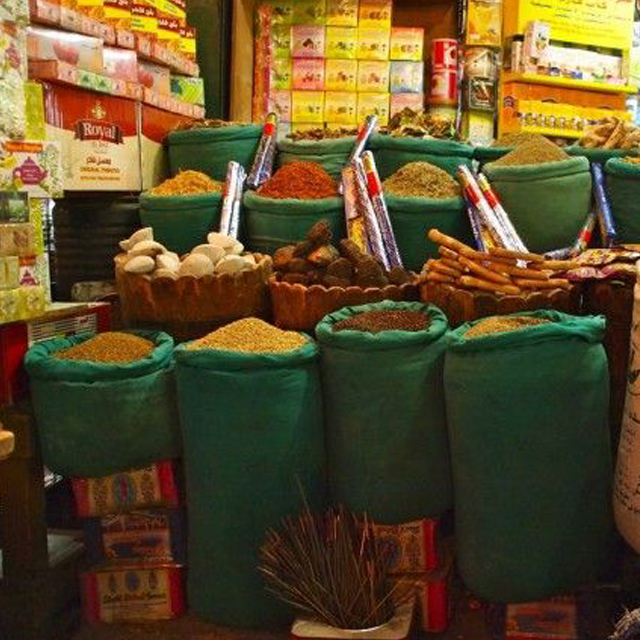
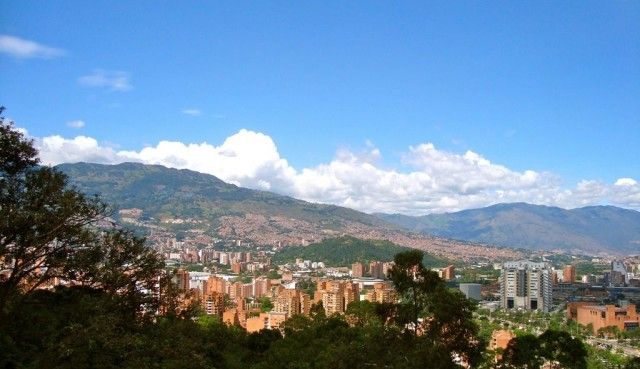
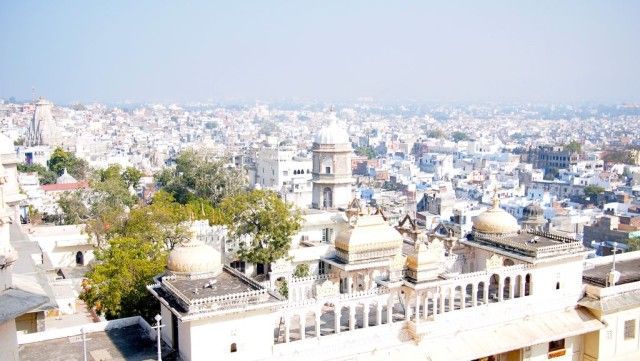

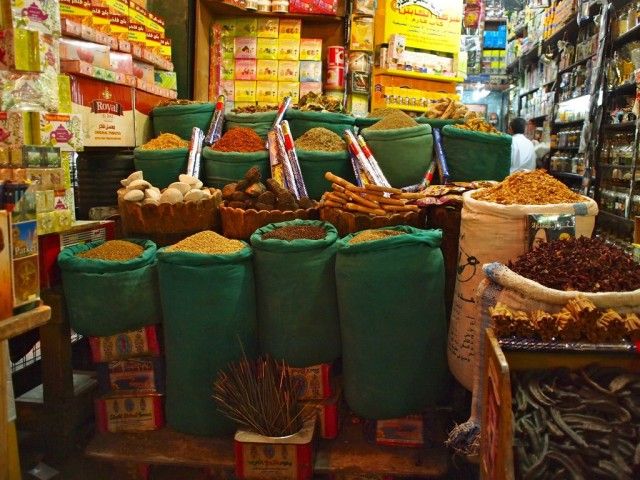
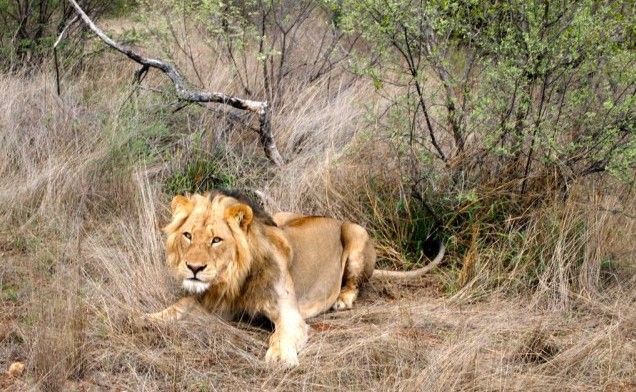
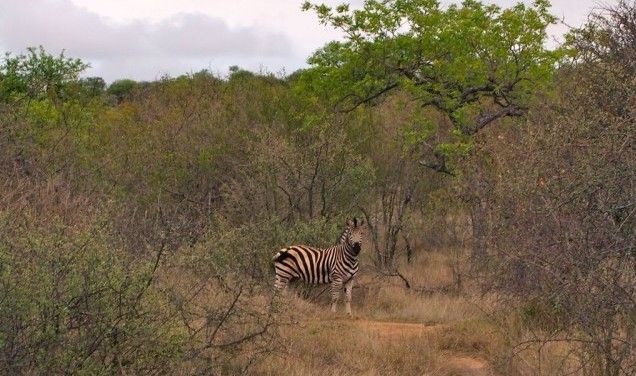
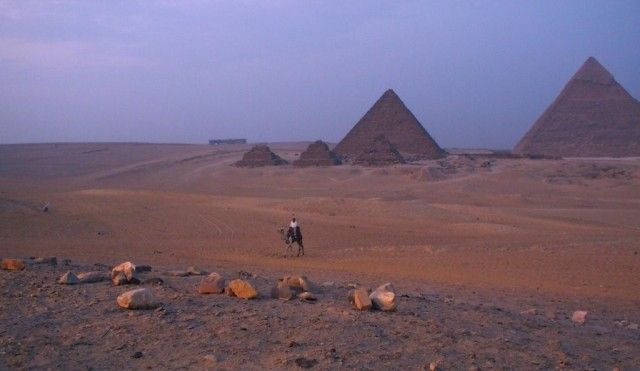
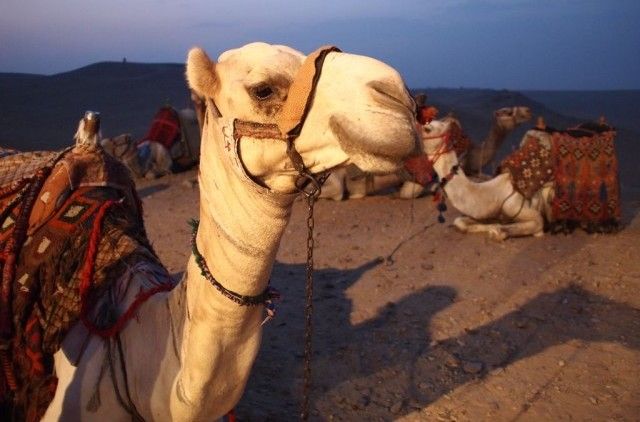

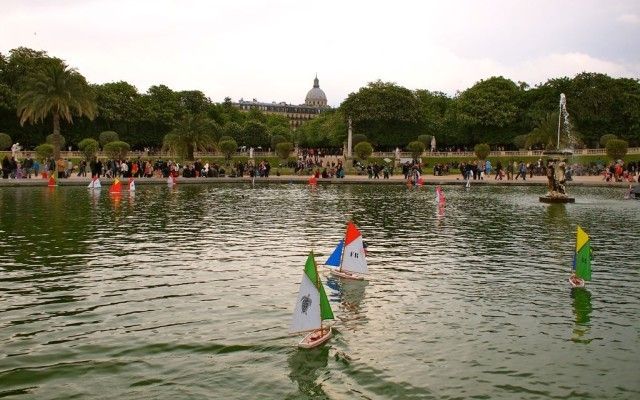
Beautiful.
Thanks, Danielle!
That’s a lovely, blissful poem you have there. I’m planning to have an adventure tour in the Australian outback via http://www.TravelWild.com.au/ sometime next month. I hope that I can make a song as poignant as your poem about my adventures there.